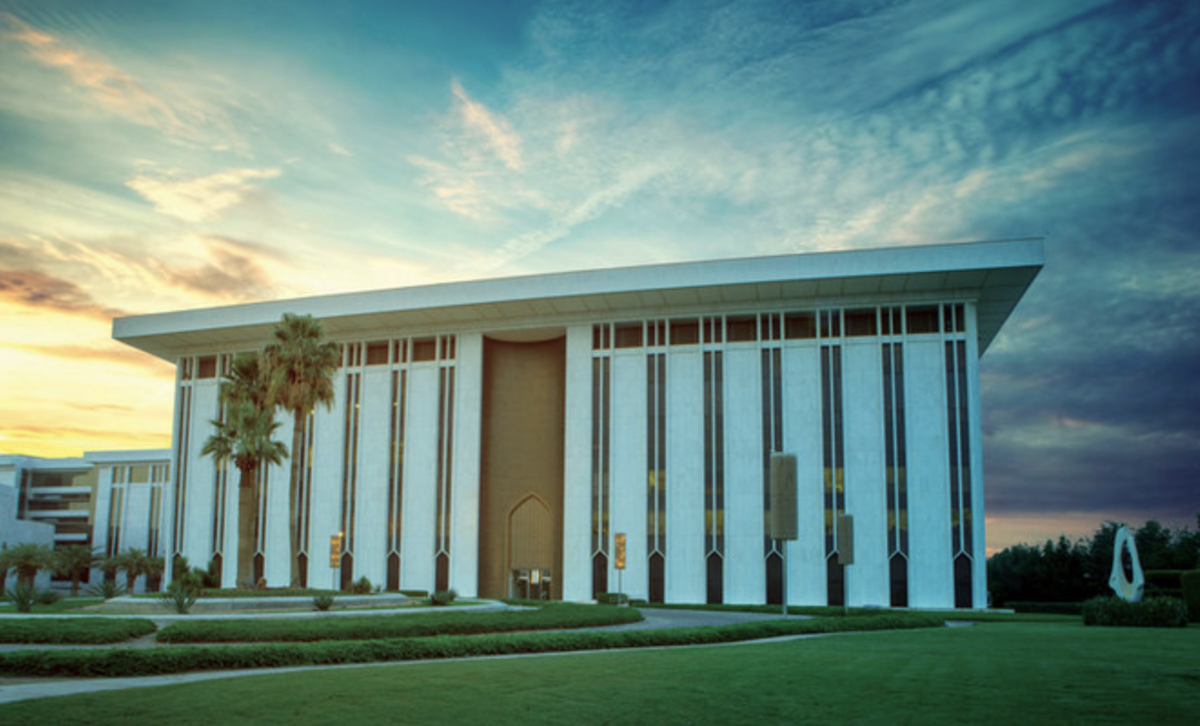RIYADH: Saudi banks’ aggregate profit reached SR7.7 billion ($2.05 billion) in October, marking a 23.67 percent year-on-year increase, newly released data has revealed.
According to the Saudi Central Bank, also known as SAMA, these figures represent profits before zakat and taxes.
Cumulatively, from the beginning of the year to the end of October, banks recorded a total profit of SR73.28 billion, compared to SR64.47 billion during the same period last year.
The increase in banks’ profits is primarily attributed to a combination of favorable factors that highlight the sector’s strength and ability to adapt.
The third quarter of 2024 marked a significant turning point, with non-interest income playing a pivotal role.
According to a Fitch Ratings report published in November, strong gains on securities and trading contributed SR1.4 billion to non-interest income, offsetting higher financing impairment charges and helping push combined quarterly profits to SR20 billion.
This growth followed SAMA’s decision to implement a 50-basis-point interest rate cut in September, which mirrored the US Federal Reserve’s shift toward a more accommodative monetary policy.
The rising interest rate environment that characterized much of the Gulf region in recent years had previously bolstered bank returns on loans, as higher borrowing costs translated into greater income from financing activities.
However, this dynamic also increased funding costs, particularly for savings accounts and external liabilities.
Many Saudi banks navigated these challenges by diversifying their funding sources, tapping into external markets, and issuing a record $13 billion in debt in the first eight months of 2024 to meet growing foreign-currency financing demands, particularly for giga-projects.
Despite these efforts, deposit growth in the third quarter of 2024 lagged behind earlier quarters, according to Fitch, reflecting the sector’s strategic pivot toward external funding to sustain its expansion.
The recent shift in monetary policy by the US Federal Reserve, which influences rates in Saudi Arabia due to the riyal’s peg to the dollar, has injected new dynamics into the financial landscape.
After a period of aggressive rate hikes to combat inflation, the Fed lowered interest rates by 50 basis points in September, followed by successive 25-basis-point cuts in November and December, signaling a focus on boosting economic growth as inflation eased to acceptable levels.
This policy change benefited Saudi banks by improving the valuation of certain securities, as noted by Fitch, and created a more favorable environment for non-interest income growth.
Another critical factor underpinning Saudi banks’ profitability has been their robust asset quality and prudent risk management.
The average impaired financing ratio, according to Fitch Ratings, remained low at 1.5 percent by the end of the third quarter, with provision coverage at a healthy 116 percent.
This stability reflects the resilience of Saudi banks in managing risks associated with their expanding financing books, which grew by 3.6 percent during the quarter, led by strong performances from banks like Aljazira, Saudi Awwal Bank, and Saudi Investment Bank.
The sector’s healthy operating environment is supported by the Kingdom’s broader economic stability and strategic investments under Vision 2030, which continue to drive demand for corporate financing.
While external liabilities and a negative net foreign asset position present challenges, Saudi banks remain well-capitalized, with average Common Equity Tier 1 ratios of 15.6 percent, and are positioned to maintain strong asset quality metrics as they navigate a shifting global monetary landscape.
The combination of rising non-interest income, strategic funding diversification, and favorable monetary policy shifts underscores the resilience of Saudi Arabia’s banking sector, making it a key player in the region’s economic transformation.
As SAMA continues to align with global trends, Saudi banks are poised to further strengthen their profitability while maintaining a balanced approach to growth and risk management.
































